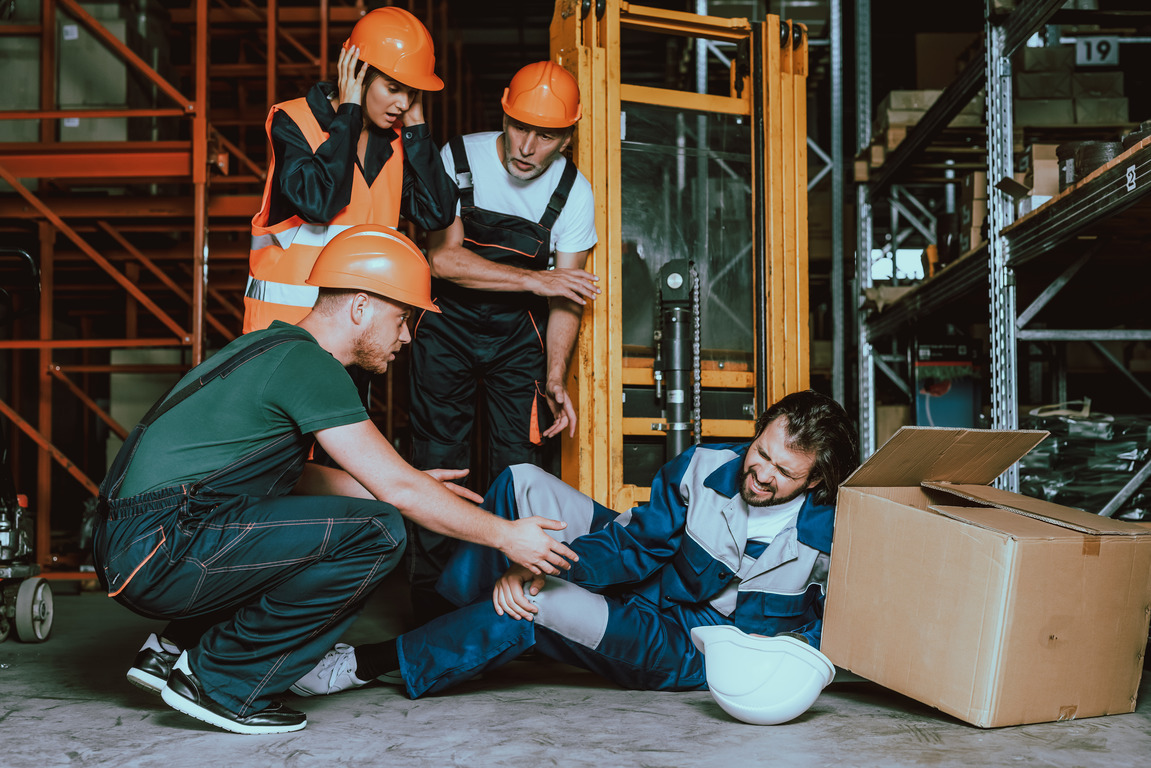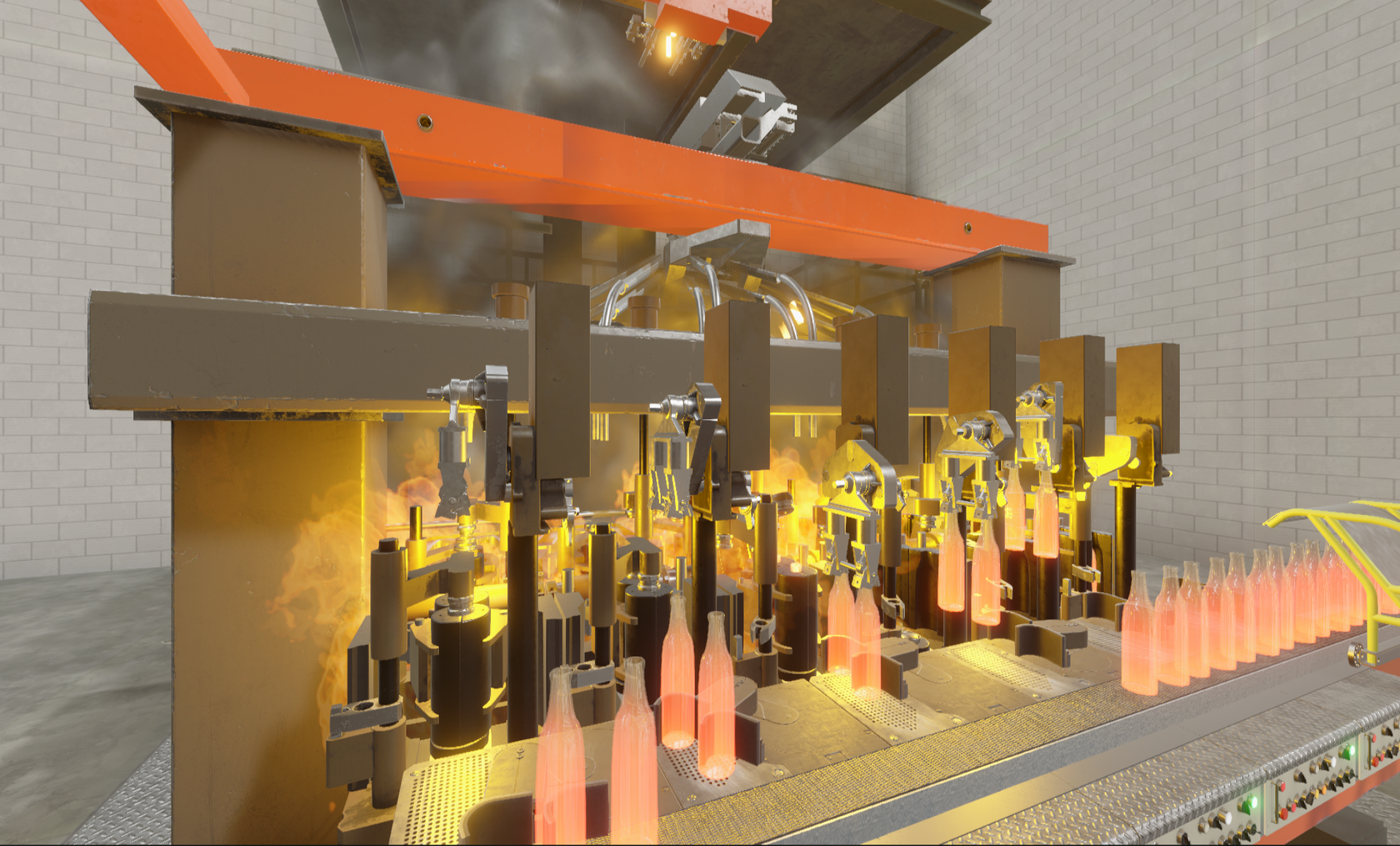The main objectives of the Health & Safety training go as follows: provision of the workforce with knowledge and skills to perform the work tasks safely for both the executant and coworkers around, as well as effective safety plan outlining instructions and guidelines to identify hazards, report them, and deal with incidents accordingly. Each industry and company operating within that industry has specific requirements in terms of Health and Safety training, along with strict regulations in place imposed by legislative bodies that also vary from jurisdiction to jurisdiction. Therefore, the development of Health and Safety training must be tailored to the specific needs of each industry and company, as well as state, and only when correctly executed and implemented, allows for the sustainable development of institutions in terms of keeping their staff safe and sound. Thus, improving productivity and company image in terms of a safe, caring environment for its employees.
Despite having in place the most effective safety management system, there will always be a place for incidents to occur due to negligence, ignorance, or simply lack of knowledge in terms of safety measures. The question that arouses the interest of those responsible for the safety of employees: what led to a recent injury or even fatal incident after a recently held training? There may be many reasons to name, however, it will not change the fact of the accident.

At VR Inn, we tend to believe that the main reason behind occurring safety incidents is the lack of inclusion of experiential and immersive learning to help learners better prepare themselves for work with unknown or recently updated machinery, or in high-risk environments. Those who at least once went through safety training would agree that it may be complicated to remember all rules and behavior patterns in hazardous environments and/or emergencies, and only a few can keep in mind and successfully execute all safety guidelines in emergencies, which may reach dozens and dozens of rules. Thereby, we wondered what if corporate training on Safety and Health will be transferred to virtual reality, where the personnel will be able to experience any of the simulated emergencies identical to real life and cope with it as outlined in the safety plan, moreover, receive a complete metric, in the end, outlining areas of successful and failed points during the simulation along with aftermath and recommendations to correct mistakes.
Just imagine how will the readiness to act, and performance of an employee increase after completion of virtual reality training solutions, where the prospective successfully copes with an emergency or hazard, thus next time facing a one-to-one situation in real life this employee will act more effectively. Therefore, our team sees a high potential behind the implementation of VR training solutions on safety with resort to technology-assisted learning, as it allows for accelerated educational paths in aligning your workforce to ensure competency while persevering the consistency and compliance with Health and Safety regulations.
How Virtual Reality (VR) training improves Personeels Health and Safety training process?
The key advantage that VR-based safety training solutions provide is the ability to emulate emergency work situations in a controlled environment allowing employees to experience and respond to these scenarios in real-time, building out a valuable learning experience to share with others among the workforce. VR enterprise training can assist employees in terms of seeing the consequences of failing to complete a task according to the standard, without actually having to experience the potentially dire consequences.

The application of VR allows employees to get it wrong, safely without risking being injured, and apply the obtained knowledge and skills at the workplace moving forward. For instance, such experience could include facing hazards when operating a crane or forklift, dealing with fire, navigating through smoke, or cutting and welding, just to mention a few. These decisions can also be recorded, followed by case analysis provided by training managers along with the feedback to each employee based on their performance. This is crucial for learning, as the best way to learn is when trained employees have to proactively make decisions, see the results of these decisions, and make appropriate changes and adjustments to improve the performance.
Backed by research on knowledge retention from the application of VR technologies in training, Professor Luca Chittaro, Director of the Human-Computer Interaction Lab at the University of Udine, Italy revealed "Our findings show that trying a VR experience of an aircraft water landing and evacuation results in excellent memory retention of passenger safety instructions, with no knowledge loss after one week. These results suggest a new approach to educating people about safety."
The future of enterprise training is based on Virtual Reality
VR technology is playing a critical role in creating an ideal world, where everyone returns home from work without being injured. Safety VR training solutions based on VR technology are efficient, cost-effective, and impactful. Resorting to the use of an immersive environment in training saves lives, where businesses must not underestimate the value that it brings to their workforce and organization as a whole.
Moving forward, as VR hardware becomes affordable and accessible to companies, we will see how VR-based training practices transform entire industries and establish safer working environments for everyone involved.





